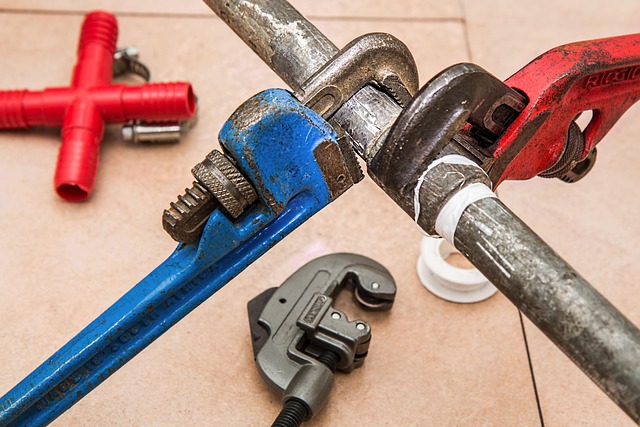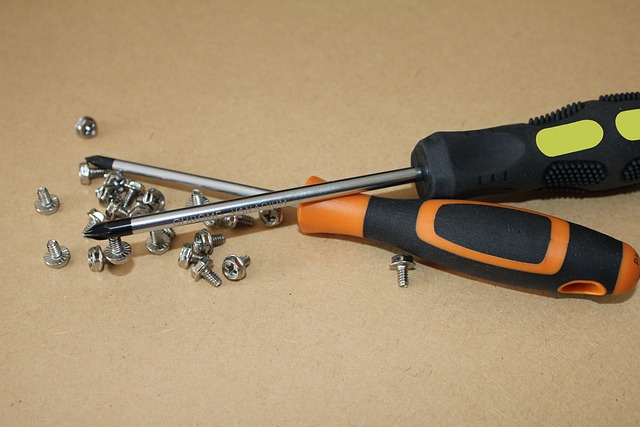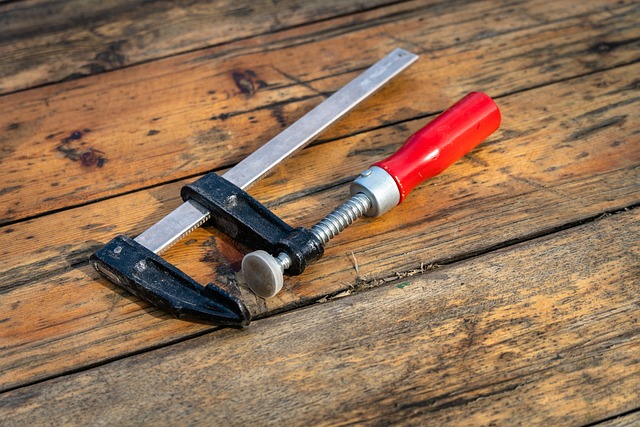Before repairing leaks, assess their source – faucet issues like worn washers or complex problems like cracked pipes. Consult a rated pipe repair service for accurate diagnosis and solutions, especially for severe leaks. Gather essential tools and shut off water supply before starting repairs. Regular roof drain pipe maintenance and proactive leak detection prevent future issues. Replace specific pipe segments for minor damage; consult a plumber for severe or persistent problems.
Fixing a leaking faucet pipe is an easy, DIY-able task that can save you money and prevent water waste. Before diving in, assess the leak’s source and type. Gather your tools and materials, including a new pipe segment or repair kit. Always turn off the water supply to avoid damage. Follow these simple steps: Assess, Gather, Turn Off, and Repair. With a bit of know-how, you can tackle this common issue like a pro and potentially save on call-out fees for a pipe repair service.
- Assess the Leak: Identify the Source and Type
- Gather Tools and Materials for Pipe Repair
- Turn Off the Water Supply: Prevent Further Damage
- Replace or Repair the Leaking Pipe Segment
Assess the Leak: Identify the Source and Type

Before diving into the repair process, it’s crucial to assess the leak and identify its source and type. Start by observing the leak pattern – is it steady or intermittent? This can help determine if the issue lies with the faucet itself, such as a worn-out washer or damaged cartridge, or if the problem extends to the pipes beneath your sink. Inspect the affected area for visible signs of damage or corrosion, which could indicate a cracked pipe or loose connections.
If you suspect a bathroom pipe leak solutions like joint replacement might be necessary, consider enlisting the help of a rated plumber service. Professionals are equipped with the expertise and tools to diagnose complex issues accurately. They can also provide guidance on whether a simple pipe joint replacement is sufficient or if more substantial repairs are required, ensuring your plumbing system returns to optimal condition.
Gather Tools and Materials for Pipe Repair

Before starting any DIY project, ensuring you have the right tools and materials is paramount. For a leaking faucet pipe repair, gather a few essential items like pliers, a wrench, Teflon tape, and a replacement washer or O-ring. These tools will help you disassemble the faulty parts, apply the necessary sealants, and replace them effectively.
Remember that while unclogging pipes naturally might be a popular home remedy for drain pipe maintenance, severe leaks often require professional intervention. Affordable plumbing solutions are readily available, and enlisting the services of a reliable pipe repair service can save you time and ensure the job is done correctly, preventing further damage or costly repairs down the line.
Turn Off the Water Supply: Prevent Further Damage

Before attempting any pipe repair service, it’s crucial to turn off the water supply to prevent further damage caused by a leaking faucet. Modern plumbing systems have an easy-to-use shut-off valve located beneath the sink or in the basement, allowing you to cut off the water flow with minimal effort. By doing so, you can avoid potential flooding and water damage that could occur if left unattended. This simple step is often overlooked but is essential when fixing a leaking faucet pipe, ensuring your home remains safe and dry.
Regular roof drain pipe maintenance is another key aspect in preventing leaks. Keeping these pipes clear of debris and ensuring proper drainage can significantly reduce the risk of leaks developing. Additionally, learning how to check for pipe leaks regularly can help identify potential issues early on, making them easier and less costly to repair. Proactive measures like these are vital components of good home maintenance and can save you from major plumbing headaches in the future.
Replace or Repair the Leaking Pipe Segment

If the leak is coming from a specific segment of the pipe, it may be possible to simply replace that section rather than undergo a complete pipe repair service. This is often the case with older faucets or pipes that have deteriorated over time. Before replacing the pipe, check for any signs of corrosion or damage and ensure that the water pressure regulator problems aren’t causing the leak. If the pipe is beyond repair or the issue persists despite replacement, it might be time to consider calling a plumber.
Plumbers are equipped to handle more complex issues, such as sewage pipeline issues, that could be causing your leaking faucet. They can assess the extent of the problem and recommend the best course of action, whether it’s repairing or replacing the pipe segment or addressing broader plumbing concerns. Remember, when to call a plumber depends on both the severity of the leak and your comfort level with DIY repairs.
Fixing a leaking faucet pipe is an achievable task with the right knowledge. By first assessing and identifying the leak’s source, you can efficiently gather the necessary tools and materials. Ensuring the water supply is turned off prevents further damage, allowing for safe work. With careful navigation through these steps, you can successfully replace or repair the affected segment, effectively ending the leak. For more complex issues, consider seeking professional assistance from a reliable pipe repair service to ensure long-lasting solutions.
